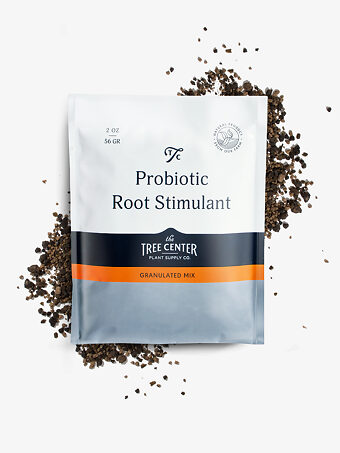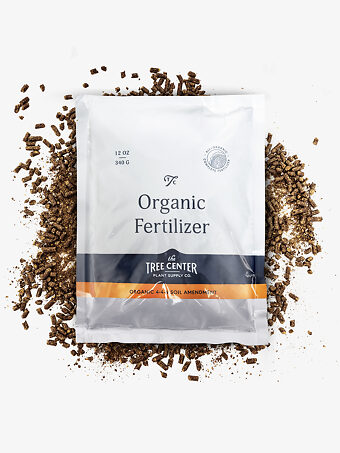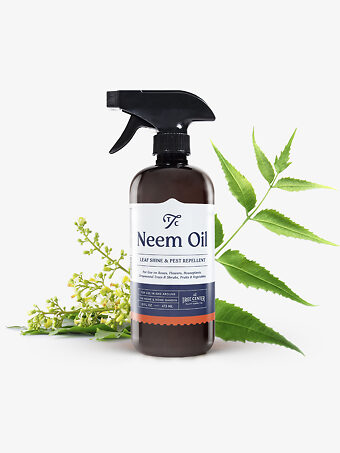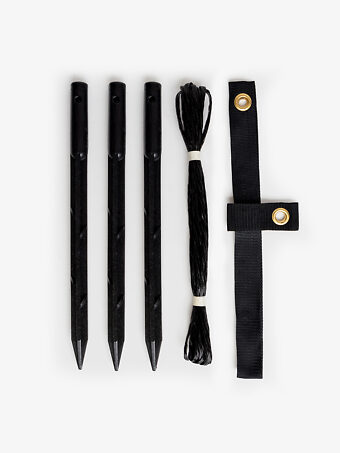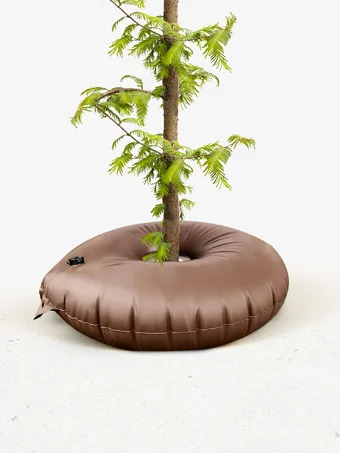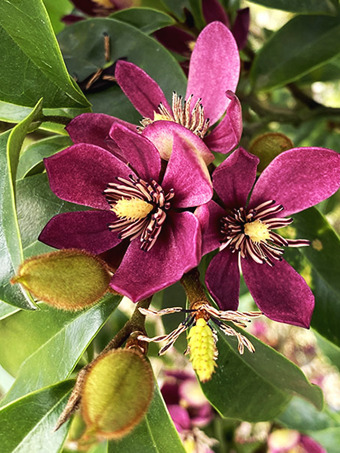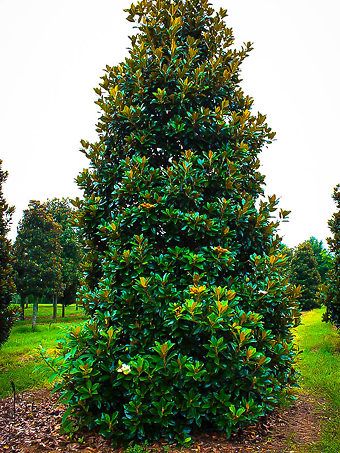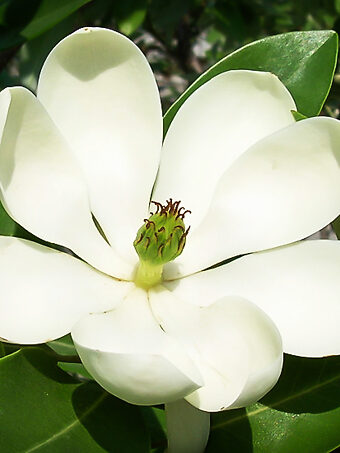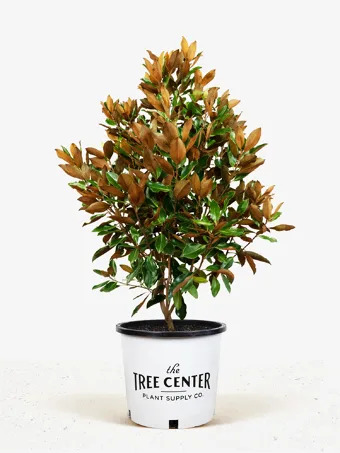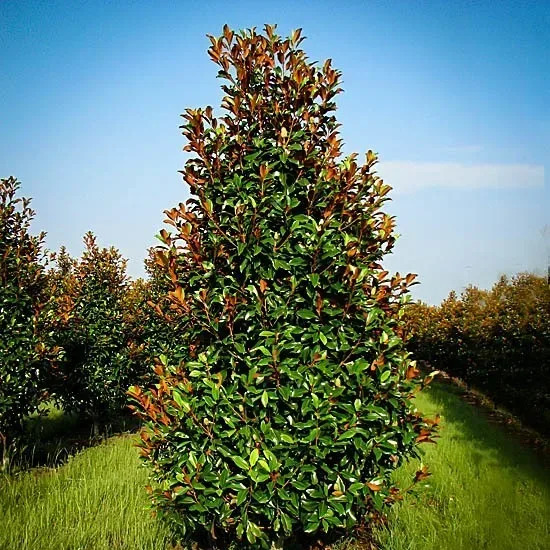
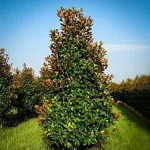
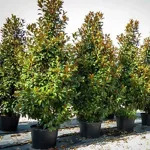


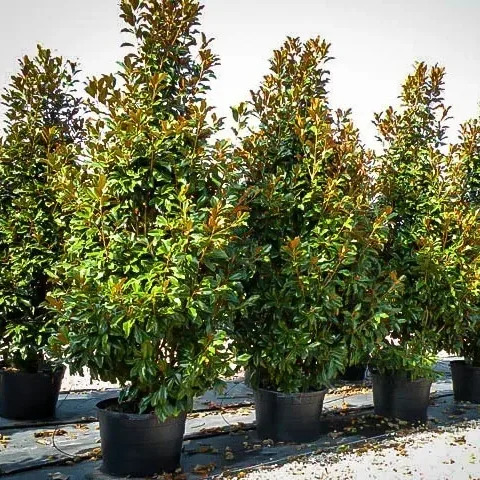

Brackens Brown Beauty Magnolia
Magnolia grandiflora 'Bracken's Brown Beauty'View more from Magnolia Trees
Brackens Brown Beauty Magnolia
Magnolia grandiflora 'Bracken's Brown Beauty'
Select size
Size Guideselect quantity
Buy in monthly payments with on orders over $50.Prequalify now
on orders over $50.Prequalify now
this item doesn’t ship to
Bracken’s Brown Southern Magnolia is likely the fastest-growing and densest variety of this popular tree. It can add 2 feet of growth each year when young, soon becoming a gorgeous pyramid that will ultimately reach 50 feet. The leaves are glossy and attractive, with pronounced brown backs, especially visible in spring. It begins to flower almost immediately, with 4-inch white, fragrant blooms smothering it all through late spring and early summer. A perfect specimen for a larger garden, and also superb as a fast-growing screen or avenue. It can be grown on a south-facing wall in zone 5, and thrives in coastal gardens too.
- Very dense branching making an bold pyramid
- Spring leaves are light-green with soft brown undersides
- Many 4-inch fragrant white blooms from May through July
- Flowers abundantly within a few years of planting
- Good cold-resistance and very fast-growing
Plant Bracken’s Brown Southern Magnolia in full sun for the best results, especially in colder areas. It grows well in most soils, favoring richer, well-drained soils. Once established it is very drought tolerant, as well as being left-alone by deer, pests and diseases. It is tolerant of salt-spray too. With its natural dense growth no trimming is needed – just plant and admire.

Botanical Name:
Magnolia grandiflora 'Bracken's Brown Beauty'
Mature Width:
15-25 ft
Mature Height:
20-30 ft
Grows Well In:
Zones 6-9
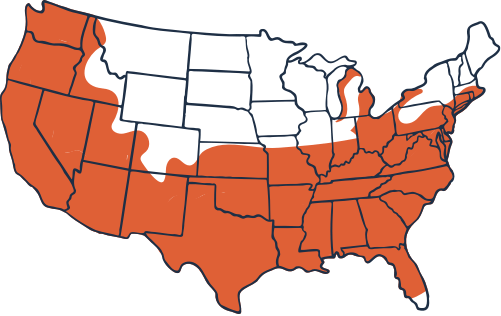
Sun Needs:
Full Sun, Partial Sun
Water Needs:
Low, Moderate
Growth Rate:
Medium
Flower Color:
White
Flowering Season:
Summer
